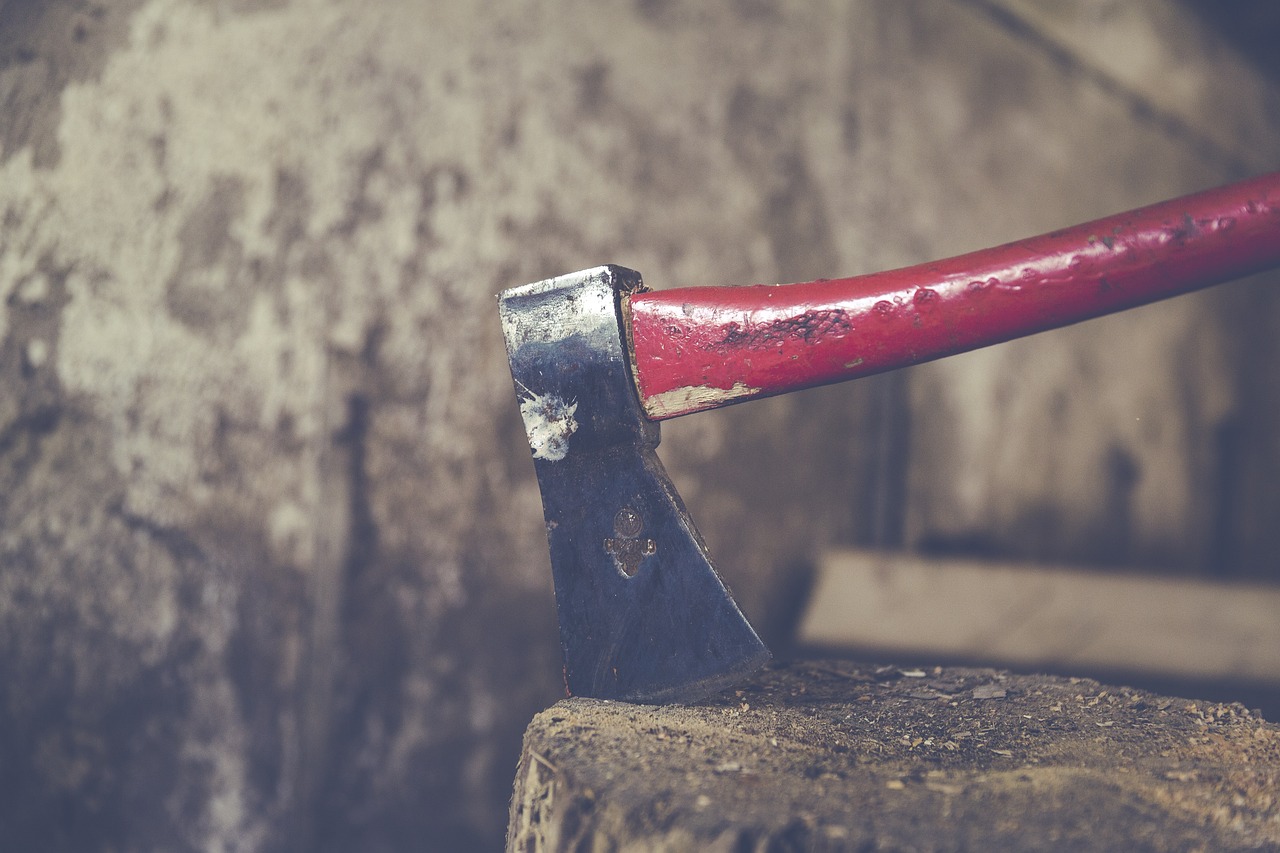Journey through the ages, the axes evolved from a rudimentary Stone Age implement to a highly refined tool.
Previously, you would have found axes crafted from stone, serving early humans as rudimentary weapons in woodworking.
Through the evolution of technology and materials, Axe metamorphosed.
Around 3000 BCE to 2000 BCE, stones gave way to metals with the advent of copper, later succeeded by bronze. This transition marked a substantial leap in the functionality and durability of tools, including axes.
Afterward, the Iron Age witnessed a significant revolution in axe-making. Iron-forged axes with an eye pushed the design further.
The eye, a hole where the handle is embedded, gave axes improved stability and strength, both essential qualities for enduring work.
Fast forward to later periods, and you’ll find the battle axe—a more sophisticated weapon, differentiated from its wood-cutting cousin by its design for combat efficiency.
Longtime, axes have been close companions in human history, not just as tools but also as cultural symbols.
To take the Viking axe as an example, it was both a practical asset in seafaring and battles and an emblem of Norse craftsmanship and valor.

Understanding the axe
To understand the axe, we recommend starting with the key components first.
Now, let’s take a look.
Anatomy of an axe
An axe contains two main parts: the head and the handle.
The head consists of several parts——the blade, the most essential for cutting, the back or spine, and the eye. A good blade is typically made of hardened steel to maintain a sharp edge.
Alongside the blade is where you’ll find the cheek, which adds weight and balances the head. The back of the head is often designed as a hammer.
The second important part of your axe is the handle, which determines how the axe feels in your hands and affects your swing.
Material and design
The material of your axe largely influences its durability and efficiency.
Heads are usually forged from steel, a robust material that withstands repeated striking and cutting.
Modern axes may incorporate materials like carbon fiber or titanium for added strength and lighter weight.
Often crafted from tough wood like hickory, or sometimes from modern materials like fiberglass, the handle’s size and weight should align with your strength and the task at hand.
In general, the design of an axe is all about balance and proportion.
Weight distribution between the head and the handle contributes to a comfortable and effective swing. A well-designed hold area ensures a secure grip, reducing the risk of slippage and increasing safety.
Buy Wholesale Knives and Start Scaling up with Us Today
Contact us and connect with a sales rep to get a free quote.
Types of axes and their uses
To delve into the world of axes, it is critical to identify the different types of axes. So how do we categorize these axes?
Three methods of categorization are present here. The first is by length: Axes can be grouped into the hatchets, a short and lightweight axe, and other long axes. The second way is by the shape of the axe: single and double-edged. The third is by their use, which results in varied types of axes.
From being used for tactical maneuvers to meticulous gardening, the shape and design of an axe are closely related to its intended use.
Tactical axe
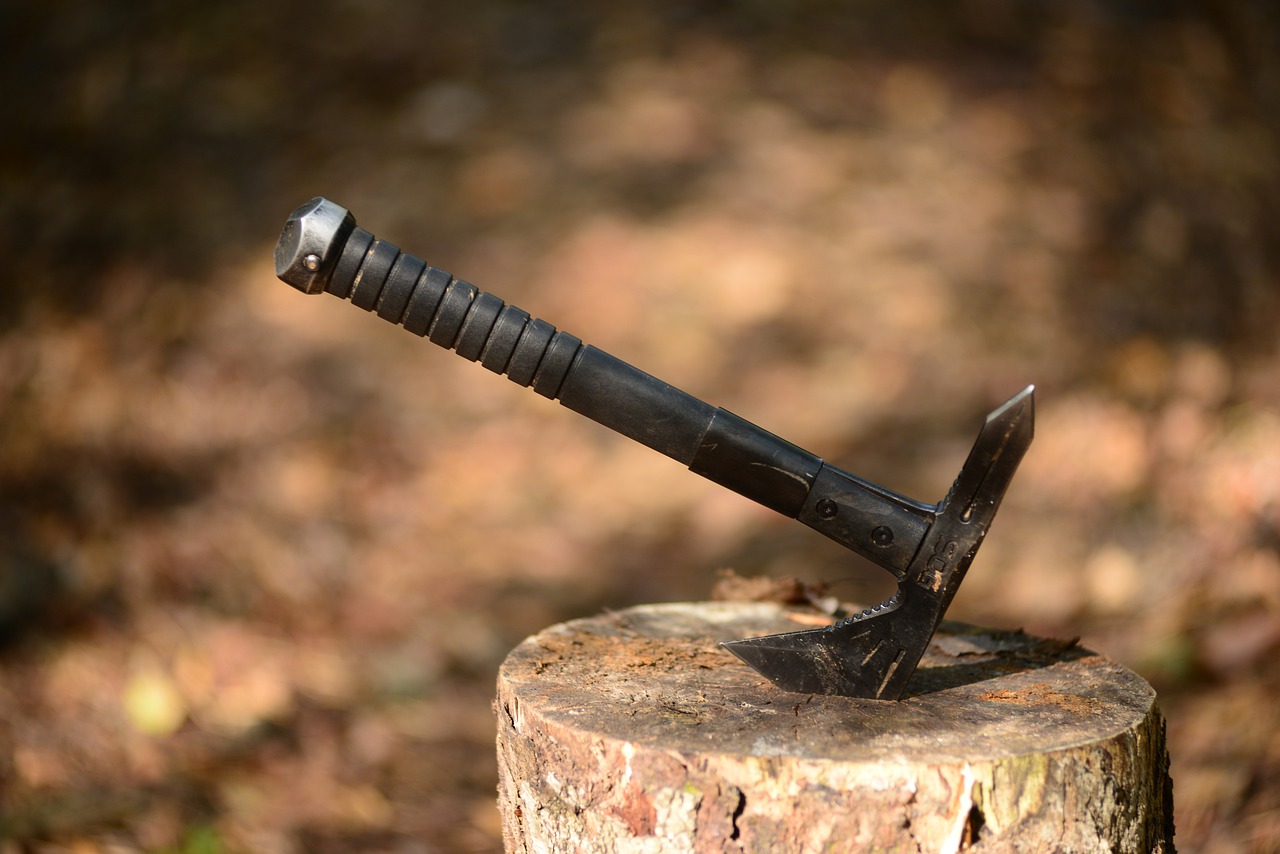
The tactical axe is a versatile instrument often used by law enforcement, military personnel, and outdoor enthusiasts.
Its design incorporates a sharp edge for cutting and a pointed tip for piercing, making it useful for a range of applications, from survival scenarios to tactical operations. The lighter mass and balanced control make it suitable for precise tasks.
Felling axe
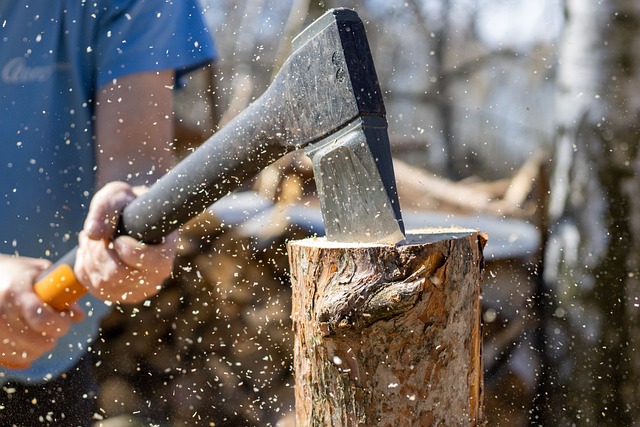
With a sharp and thin blade, the felling axe is ideal for cutting down trees.
Its shape enables you to cut efficiently against the grain of the wood, requiring a powerful swing. Its use is common in forestry and requires good handling.
Forest axe
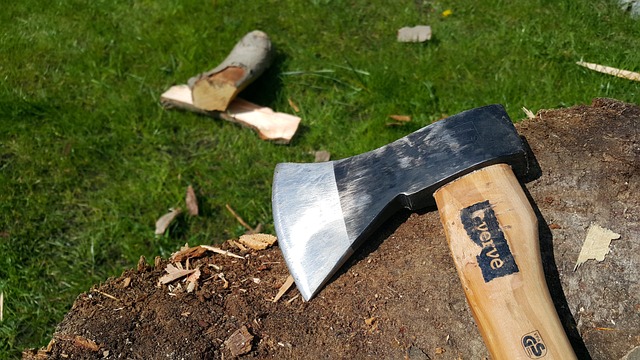
A forest axe, resembling a felling axe, is crafted with a longer handle and heavier head, providing the chopping power needed for forest management and wood-chopping tasks.
Its size makes it more suitable for experienced users who can manage its mass.
Hatchet

The hatchet is a smaller axe, as mentioned before, which is perfect for camping and simple wood chopping.
They usually range from 10 to 16 inches in length and 0.5 to 1.5 kilograms in weight.
Its compact shape allows for easy transport and storage, and its sharp edge is excellent for cutting kindling or small branches. You can wield it with one hand, with its design offering greater control and precision.
Buy Wholesale Knives and Start Scaling up with Us Today
Contact us and connect with a sales rep to get a free quote.
Broad axe

A broad axe has a wide, flat blade used primarily for woodworking and carpentry.
It’s designed to shape and square logs with precision. Due to its size and sharpness, you should handle a broad axe with care to maintain a safe level of control.
Carpenter’s axe
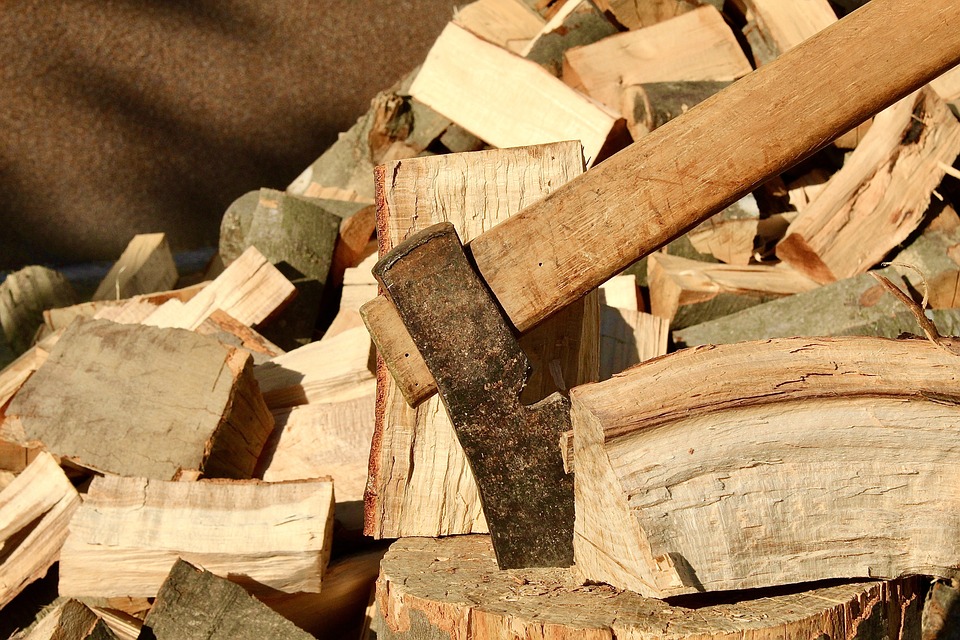
Carpenters often reach for a carpenter’s axe because of its straight edge and notch for pulling out nails. That’s a reflection of its carpentry-specific design.
It is catered for fine cuts and is a staple in the woodworking toolkit.
Splitting maul

A splitting maul is a heavy-duty axe with a blunt, sledgehammer-like backside.
It’s used to split wood along the grain. Its considerable mass requires strength to wield effectively but makes it perfect for splitting logs.
Miner’s axe
The miner’s axe features a pointed tip on one end for breaking through rock and a flat blade for cutting wood.
Miners use this axe, particularly for notching wood to place support beams, and should handle it carefully due to its sharpness.
Double bit axe
A double-bit axe has two edges—a sharp one for clean cutting and a blunt one for relatively rough tasks.
This axe is well-suited for forestry work where multiple chopping tasks are necessary, and it requires skilled use due to its dual edges.
Viking axe
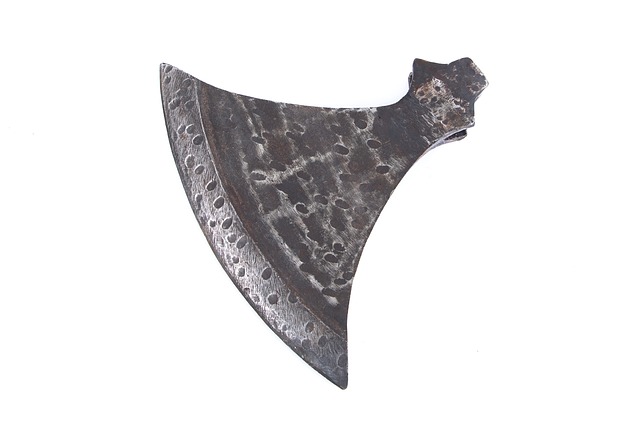
Historically used in battle, the Viking axe nowadays is popular among enthusiasts for historical reenactments.
It often has a distinctive curved blade and long handle, requiring practice to wield effectively.
Tomahawk
Light and hatchet-like, the tomahawk is an axe traditionally used by Native Americans, which is adopted as a versatile tool for chopping and as a weapon.
Its lightweight design offers control and easy handling for multiform tasks.
Pick axe
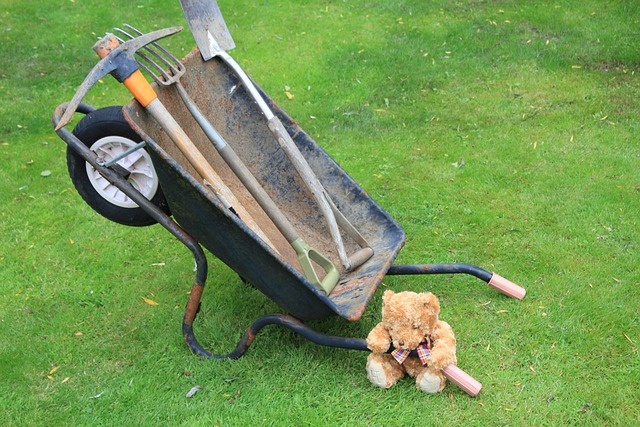
A pick axe features a pointed pick on one side to break into hard materials, like stone or concrete, and a flat axe head on the other for cutting.
Intended for heavy work, you must handle it with care to avoid strain or injury.
Buy Wholesale Knives and Start Scaling up with Us Today
Contact us and connect with a sales rep to get a free quote.
Roofing axe
Professionals in roofing favor the roofing axe for its built-in features such as a hammer and cutter, designed to measure, cut, and install shingles with precision.
Safety and steady control are paramount when using this sharp and specialized tool.
Hunter’s axe
Hunters may utilize the hunter’s axe for tasks such as path cleaning or contest preparation.
The design of a hunter’s axe normally has a gut hook for field dressing animals, requiring safe handling as well.
Throwing axe
The throwing axe is a specific work for Axe throwing, a sport that originated in Canada by Backyard Axe Throwing League, and has since gained great popularity.
While mastering this axe can be enjoyable, a high level of care is indispensable due to its sharp edge.
Crash axe
Used primarily in emergencies, such as by firefighters for breaking through doors and windows, the crash axe is robust, with a sharp and durable blade.
It is essential to be trained in its use to ensure efficiency and safety.
Grub axe
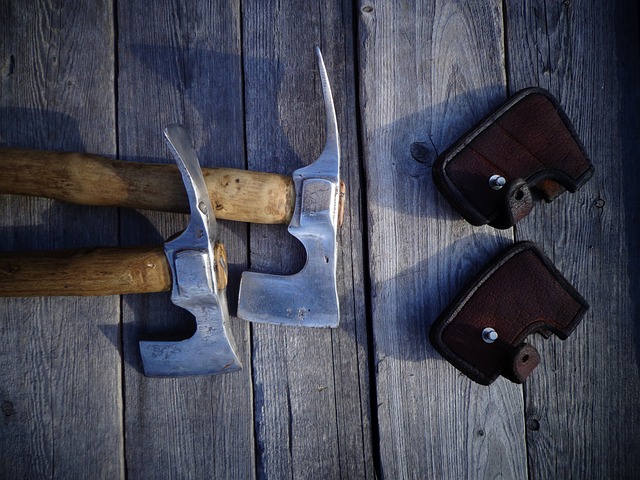
A grub axe, also known as a cutter mattock, combines an axe blade and an adze, making it perfect for landscaping.
Its vertical axe blade alongside a horizontal adze allows for chopping roots or digging in the soil with ease. Caution is advised to maintain control during use to avoid potential injury.
Adze
The adze is a traditional woodworking tool with a curved blade at a right angle to the handle, used for carving and smoothing wood.
Woodworkers must use it with precision to sculpt or hollow out wood.
Battle axes

In historical contexts, battle axes were used as weapons, designed for combat with a weighted head and sharp edge. Today, they are more common as collectibles or for reenactment purposes.
Ice axe

Mountaineers employ the ice axe for ascending and descending icy terrains. Its pointed end can be driven into ice for stability, while the flat end can cut steps or act as a braking device in falls.
Given the dangerous environments where the ice axe is used, climbers must accept adequate training for secure use.
Selecting the right axe
When picking up an axe, it’s pivotal for you to balance its weight, length, and handle characteristics to ensure efficiency and comfort amid use.
Buy Wholesale Knives and Start Scaling up with Us Today
Contact us and connect with a sales rep to get a free quote.
Weight
The weight of an axe plays a vital role in its balance and power.
A heavier axe head, typically made of high-grade steel, can provide more force in each swing, which is ideal for tasks like splitting logs.
For example, a splitting maul is devised with a heavy head for destroying the wood instantaneously.
However, if you prefer finer tasks like carving or shaping, a lighter tactical axe should be foremost selected.
Remember, balance is key – the weight should feel evenly distributed to reduce strain on your arm.
Length
The length of the axe affects both control and power.
Longer axes can save you strength when you swing – essential for felling trees or splitting large logs.
On the other hand, a shorter axe benefits precision tasks and can be ideal for use in confined spaces or for portability, as seen with a tactical axe.
Handle
Choosing the right handle material impacts comfort and durability.
Traditional wooden handles absorb shock well and offer a classic look and feel but require more maintenance against moisture and wear.
Synthetic materials like fiberglass or reinforced plastics provide durability and less maintenance but might transfer more shock to your hands.
Hence, it is significant to choose ergonomic designs that cater to a secure grip and reduce fatigue during prolonged use, enhancing your control over the axe.
To give a general use suggestion, an axe with a head weight of 2-3 pounds, and a handle length of 20-28 inches for light chopping and splitting.
According to Axe Adviser, these specifications are also manageable for a broad range of users, not too heavy for comfort nor too light for efficient work.
Hey, let’s launch our new products: axes.
Based on the above information, do you have a new understanding of the axe both as a tool and a product? Are you interested in adding axes to your stores? LeeKnives is here for your assistance.
As a manufacturer and supplier of knife and cookware, LeeKnives provides more than wholesale, dropshipping, OEM, and ODM services.
Now LeeKnives has launched the new product of axes with everyone, looking forward to your detailed inquiries. Just click here to get a free quote today.
